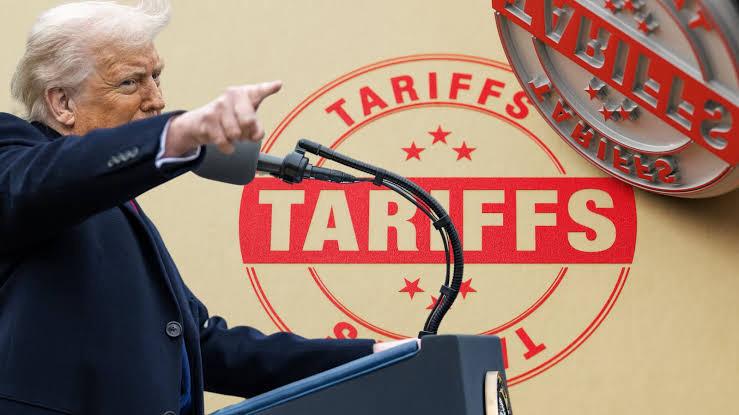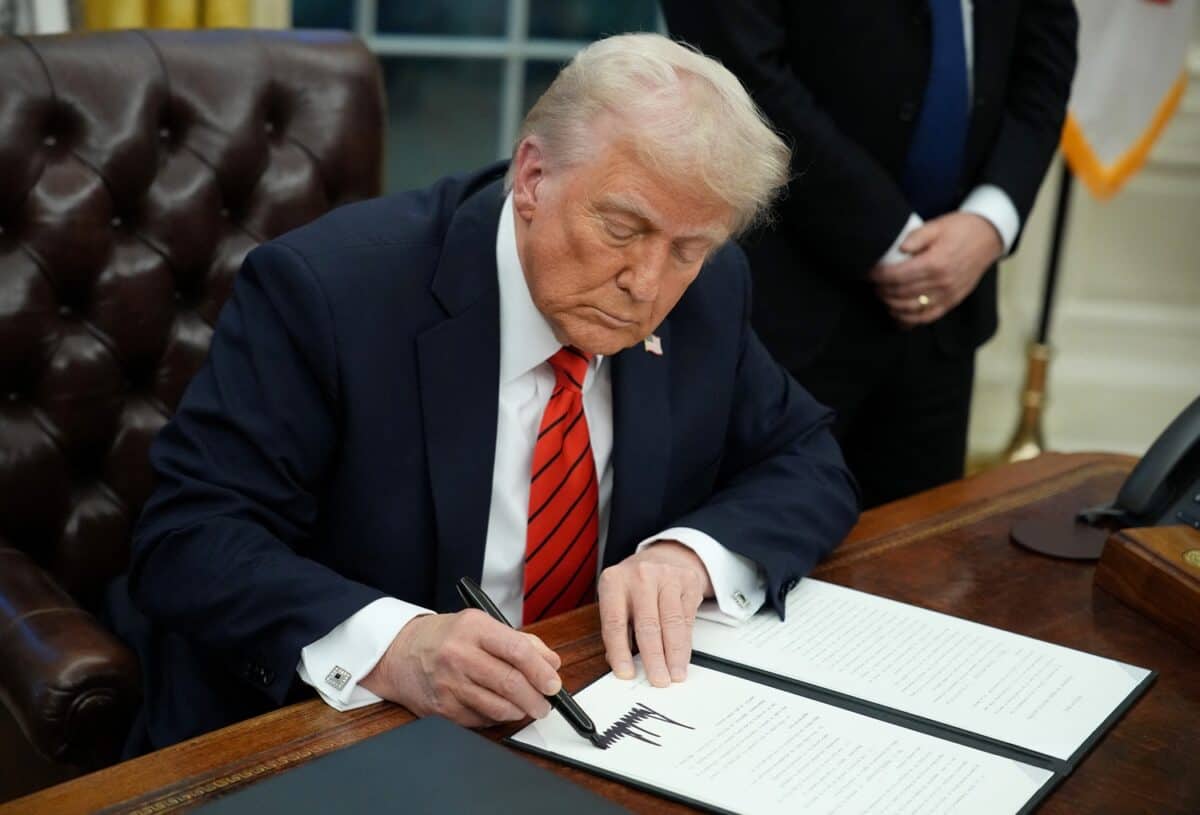The United States is poised to raise tariffs on a wide range of imported goods this Friday, unless President Donald Trump secures last-minute agreements with trading partners.
The anticipated increase in import duties is likely to drive up costs for businesses and, ultimately, American consumers.
Economists have cautioned that these higher tariffs—which are levied on importers—could inflate the price of goods, affect profit margins, and lead to higher retail prices. This could dampen consumer spending, which is crucial to the health of the US economy.
Among the most impacted imports are coffee, apparel, rice, cocoa products, and electronics. Here’s a breakdown of five categories likely to feel the squeeze:
Coffee
The US relies heavily on imported coffee, with over 99 per cent of its supply coming from abroad, according to the National Coffee Association. Two-thirds of American adults consume coffee daily. Brazil, which supplies more than 30 per cent of the US’s coffee beans, is facing a looming 50 per cent tariff. Trump justified this rate by pointing to what he described as a politically motivated legal campaign against Brazil’s former president Jair Bolsonaro. Vietnam, another key supplier, recently struck a deal with Trump but will still be subject to a 20 per cent additional duty.
Clothing and Shirts
Items like shirts and sweaters are also set to become more expensive. China, Vietnam, and Bangladesh make up over half of the US’s apparel imports, according to the American Apparel & Footwear Association. China has already been hit with a 30 per cent tariff this year, which could climb further if an existing agreement lapses in mid-August. Bangladesh may face a 35 per cent duty, while Vietnamese imports are also under review. These added costs may force companies to stop importing or pass expenses onto consumers.

Jasmine Rice
As the top rice importer in the Western Hemisphere, the US brings in about 1.3 million tons annually. Most of this is fragrant rice, including jasmine from Thailand and basmati from India and Pakistan. Thailand may soon be hit with a 36 per cent tariff, India with 26 per cent, and Pakistan with 29 per cent. Smaller rice suppliers in Asia and South America could also be affected.
Cocoa and Derivatives
Cocoa bean imports—largely from countries like Ivory Coast and Ecuador—have averaged $1.1 billion a year, according to the USDA. Ivory Coast faces a 21 per cent tariff under the proposed changes. Cocoa butter, mostly sourced from Indonesia and Malaysia, will see new tariffs of 19 per cent and 25 per cent, respectively.
Electronics and Copper
Electronics could also be hit indirectly through a proposed 50 per cent tariff on imported copper, which is vital for manufacturing. A study by BCG estimated this could add $8.6 billion in costs to raw and refined copper imports. Industries such as construction—which uses nearly half of all copper domestically—and electronics manufacturing would be among the hardest hit.
These tariff hikes form part of Trump’s broader trade strategy aimed at reshaping global economic relationships, though critics warn of the risk to US households and businesses if trade tensions escalate.


 Trending
Trending 